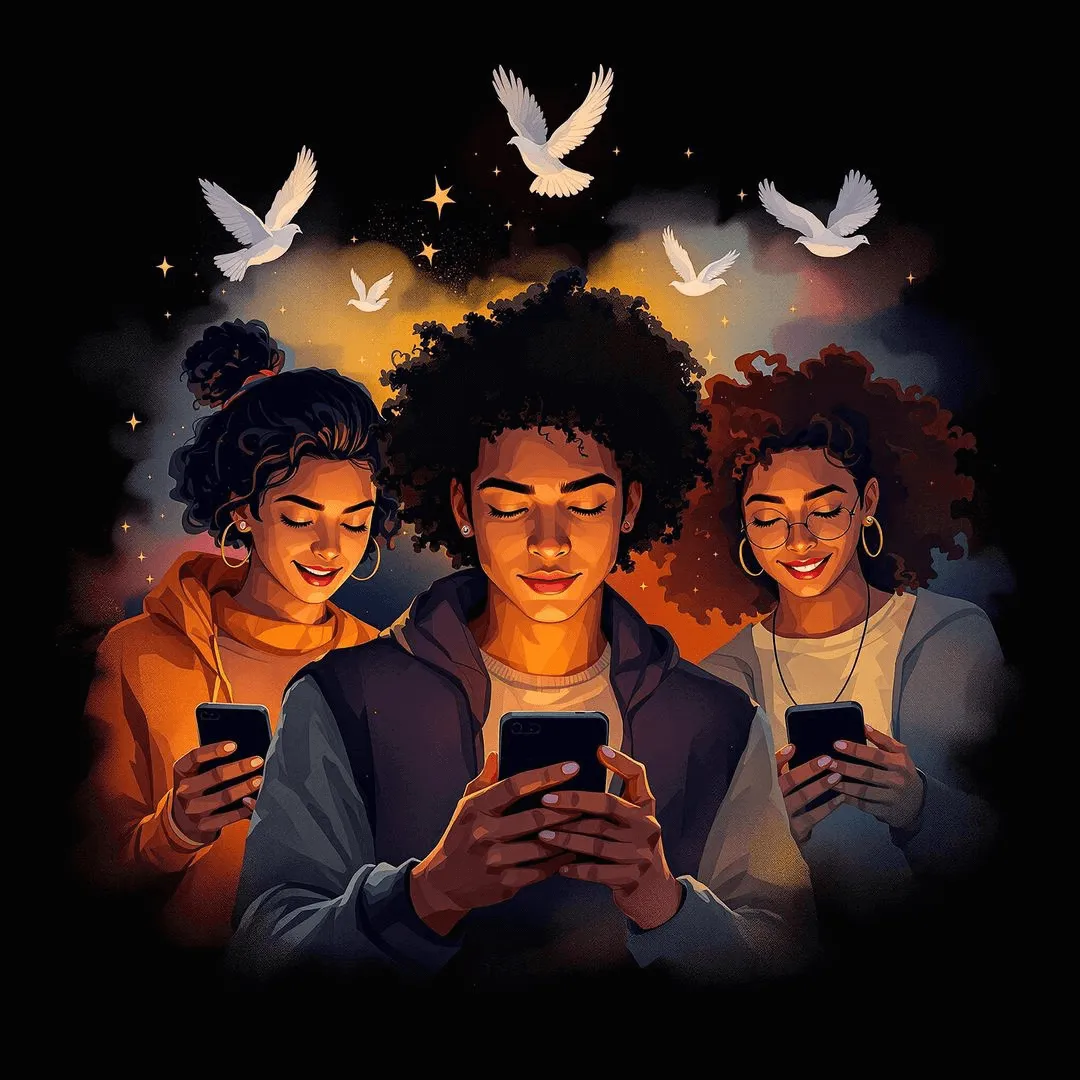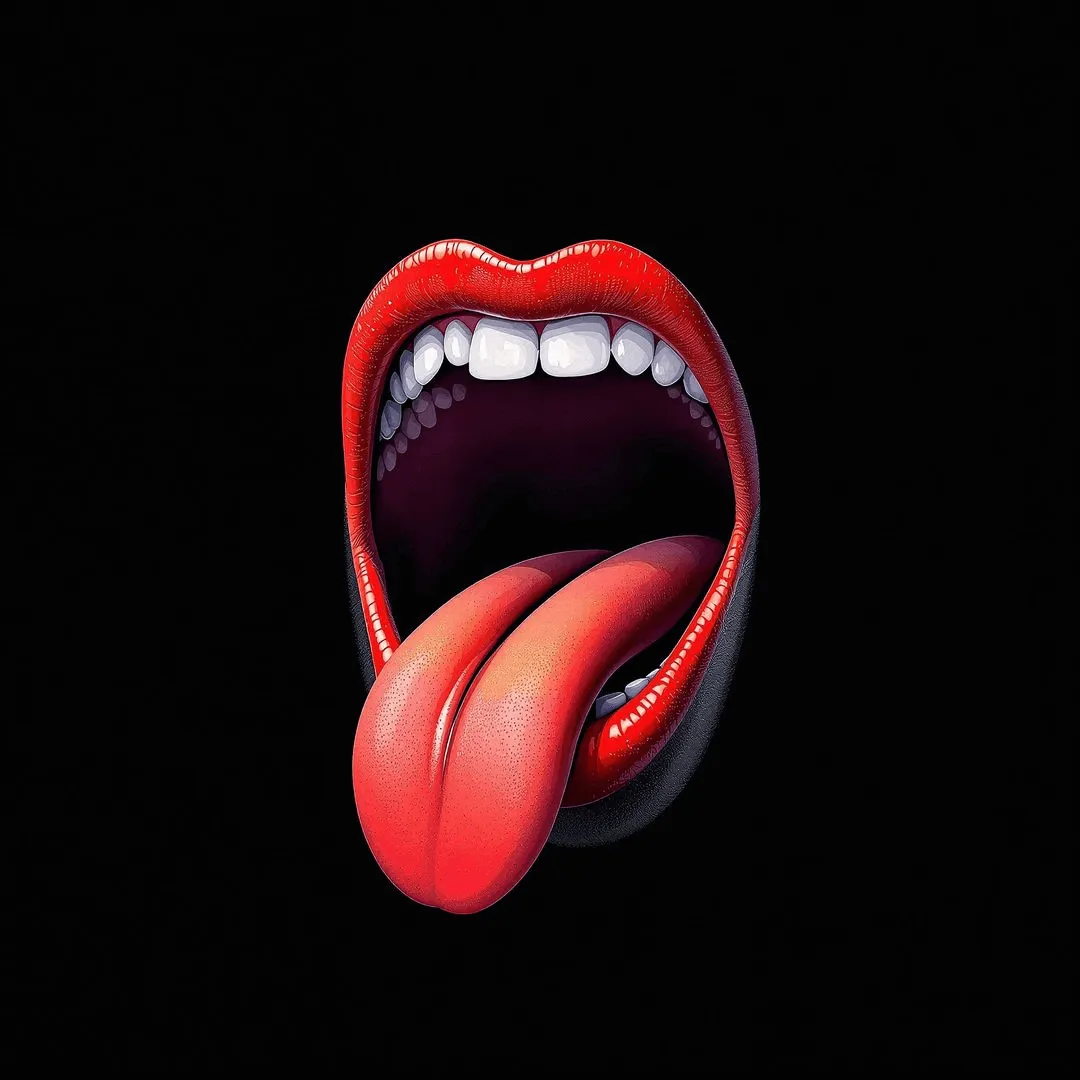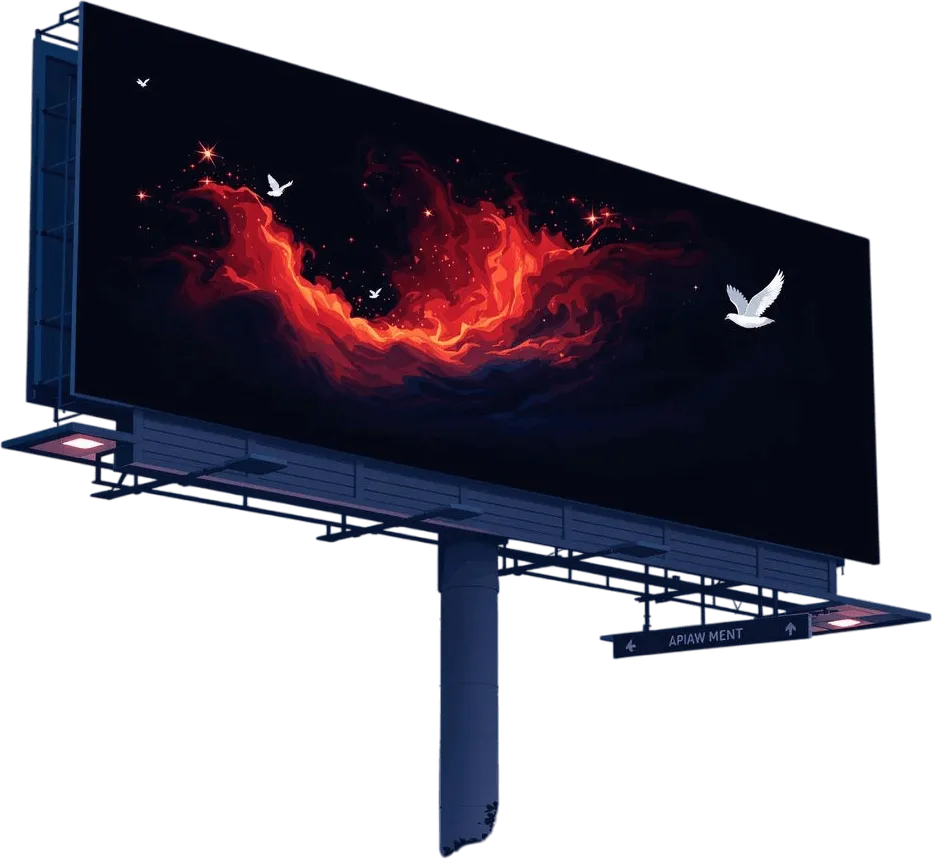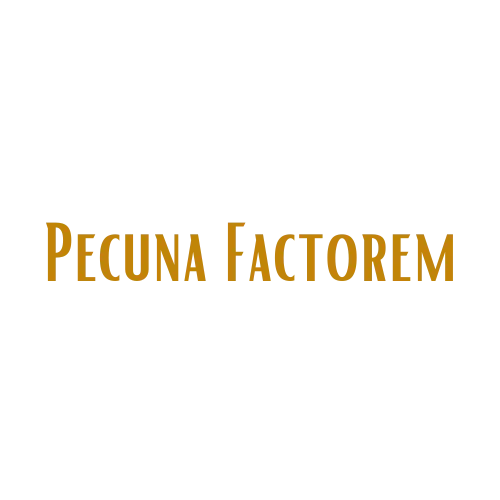In this blog we will cover
The Impact of Gen Z Slang on Brand Virality
In the fast-paced digital ecosystem, connecting with Gen Z—the most online and culturally savvy generation—requires more than just a strong product or service.
It demands fluency in their language. As brands scramble to stay relevant, many are diving into the world of Gen Z slang to amplify their virality on social media platforms.
But is this a trend worth chasing, or a linguistic minefield?
Let’s dissect the role of Gen Z slang in marketing, explore some successful examples, and uncover the delicate balance between trendy and cringeworthy.
In this blog we will cover:
Gen Z slang Is a Cultural Currency
Examples Of Successful Campaigns
Adopting Slang Requires Careful Context
The Benefits Of Using Gen Z Slang
To Succeed Brands Must Stay Updated

In this blog we will cover
The Impact of Gen Z Slang on Brand Virality

In the fast-paced digital ecosystem, connecting with Gen Z—the most online and culturally savvy generation—requires more than just a strong product or service. It demands fluency in their language.
As brands scramble to stay relevant, many are diving into the world of Gen Z slang to amplify their virality on social media platforms.
But is this a trend worth chasing, or a linguistic minefield?
Let’s dissect the role of Gen Z slang in marketing, explore some successful examples, and uncover the delicate balance between trendy and cringeworthy.
In this blog we will cover:
Gen Z slang Is a Cultural Currency
Examples Of Successful Campaigns
Adopting Slang Requires Careful Context
The Benefits Of Using Gen Z Slang
To Succeed Brands Must Stay Updated

Why Does Gen Z Slang Matter in Marketing?
Gen Z, individuals born between 1997 and 2012, make up approximately 32% of the global population.
They’re digital natives, wielding an unparalleled influence on social media trends and content consumption.
Their language—infused with phrases like “slay,” “no cap,"and“sus” —is a cultural currency that signals authenticity. T
his slang isn’t just about words; it’s a mindset that reflects their values of self-expression, humour, and inclusivity.
Failing to align with Gen Z’s linguistic preferences can make a brand seem out of touch, especially in a social media landscape that’s dominated by their voices.
By integrating their slang into marketing, businesses can break through the clutter and build an emotional connection that goes beyond traditional advertising methods.
However, brands must tread carefully. Using slang incorrectly can come off as pandering, which may lead to backlash or, even worse, irrelevance.

Successful Campaigns Using Gen Z Slang
1. Duolingo’s TikTok Takeover
Duolingo, the language-learning app, has mastered the art of blending humor and Gen Z slang on TikTok.
Their mascot, Duo the Owl, stars in short videos filled with trendy phrases like “bestie” and “stan,” creating relatable, shareable content that has earned millions of views.
The brand uses self-deprecating humour, often poking fun at itself, which resonates deeply with a generation that values authenticity over perfection.
Moreover, Duolingo’s strategy isn’t just about throwing slang into captions; it’s about understanding the nuances of TikTok culture and using slang to amplify those nuances.
This has made them a standout example of how a brand can blend humour and relevance without overstepping.
2. Wendy’s Roasts on Twitter
Wendy’s Twitter account has built a reputation for witty, slang-infused roasts.
Terms like “ratio” and “big yikes” dominate their tweets, keeping the brand at the forefront of Twitter culture.
Their quick responses to competitors and clever quips have made Wendy’s a master of real-time marketing, ensuring their posts frequently go viral.
What sets Wendy’s apart is their ability to use slang while maintaining their brand personality.
They don’t just adopt the words; they adapt them to their distinct tone of voice, making the content feel natural rather than forced.
3. Ryanair’s Gen Z Appeal on Instagram Reels
The budget airline Ryanair uses Gen Z slang and memes on Instagram to make fun of travel inconveniences in a self-aware tone.
Phrases like “we’re not even mad” and humorous captions that align with common frustrations (like overpriced snacks or delays) resonate with younger traveler's who appreciate the brand’s candidness.
By combining memes with slang, Ryanair has effectively turned its social media into a digital water-cooler where people can laugh about shared experiences.
This approach not only humanises the brand but also fosters a sense of community among its followers.

What Strategies Can Brands Use To Avoid The Pitfalls Of Using Slang In Their Marketing?
Strategies to Avoid Slang Pitfalls in Marketing
Navigating the use of slang in marketing can be a bit of a minefield. So, how can brands ensure they don’t trip up and alienate their audience? Here are some solid strategies:
Prioritise Authenticity
Stay true to your brand’s core values and distinctive voice. Jumping on every slang trend might seem tempting, but it can water down your message. Keep your tone consistent with your identity—authenticity always wins.
Listen to Your Audience
Focus on actively listening to your audience instead of trying to imitate their slang. By understanding their language and cultural nuances, you can tailor your communication without resorting to forced jargon. It’s about building a connection through understanding, not mimicry.
Create Your Own Terminology
Rather than relying on fleeting trends, why not craft your own brand-specific language? Developing unique terms that resonate with your audience can make your brand memorable and distinctive.
Stick to Timeless and Clear Communication
When in doubt, go for language that’s timeless and easy to understand. Clear communication is universally appreciated and avoids the risk of misinterpretation or alienation.

How Does Corporate Adoption Of Slang Affect It's Popularity And Meaning
When corporations embrace slang, they inadvertently accelerate its transition from subculture to mainstream. Initially, niche communities create and popularise these terms, giving them a unique flair.
However, as businesses integrate them into marketing and communication strategies, these words often lose their original zing.
Rapid Spread Across The Web
Consider how quickly a piece of jargon becomes widely recognisable once used in advertising or by high-profile companies.
This rapid spread can strip the term of its initial exclusivity and creativity. As businesses aim for broader appeal, the nuanced meaning that once resonated with a select group becomes diluted.
An Example
Take, for example, how the term "lit" transformed from a descriptor in underground music scenes to a mainstream expression of excitement or quality.
While it still conveys enthusiasm, the term's quirky origins have been overshadowed by its widespread use in commercials and social media campaigns.
The Dad Effect
Moreover, widespread use by corporations can lead to the dreaded "dad effect."
This occurs when slang enters the vocabulary of generations that originally had little to no connection with it, making it seem outdated or even uncool to its original users.
The commercial spotlight essentially speeds up the slang’s lifecycle, from fresh and edgy to passé and overused.
So What Does This Mean?
In summary, when corporations adopt slang, they not only popularise it but also risk flattening its richness and eradicating its cultural cachet.
Thus, what starts as a vibrant expression can all too swiftly become just another marketing tool.

Walking the Fine Line Between Relatable and Cringe
Adopting Gen Z slang can be a double-edged sword. When executed poorly, it risks alienating your audience by coming across as inauthentic.
Consider the infamous attempt by Burger King to use the phrase “Chikin Fries R Bae”
in 2015—an effort that was widely mocked for its lack of genuine connection to Gen Z culture. This illustrates how poorly timed or awkward slang use can backfire spectacularly.
To Avoid These Pitfalls
Understand Context
Slang evolves quickly. A term like “on fleek” might feel fresh but could already be passé in Gen Z circles.
Stay updated on trends by actively engaging with Gen Z creators and monitoring social media platforms like TikTok and Instagram.
Stay Authentic
Ensure the use of slang aligns with your brand voice.
For instance, a law firm attempting to use “vibe check” in a social media campaign would likely miss the mark, whereas a fashion brand could seamlessly integrate it into their messaging.
Engage Creators
Partnering with Gen Z influencers or social media managers ensures that your content feels organic rather than forced.
These individuals live and breathe the culture, making them invaluable assets in crafting campaigns that resonate.
Finding the sweet spot between trendy and cringeworthy often comes down to one simple rule: if it feels forced, don’t post it. Authenticity is key to earning Gen Z’s trust and loyalty.

The ROI of Gen Z Slang in Marketing
Incorporating Gen Z slang into marketing efforts offers significant benefits that go beyond surface-level engagement:
Higher Engagement Rates
Posts using trending slang often outperform generic ones, as they feel like a part of the ongoing cultural conversation.
Cultural Relevance
Staying aligned with Gen Z’s cultural touch-points enhances brand loyalty by showing that your company understands and values their perspective.
Viral Potential
Gen Z is more likely to share content that feels authentic to their generation, creating organic reach that can outperform even paid advertising campaigns.
However, the key to unlocking these benefits lies in consistent and authentic use of language.
A single viral post can spark initial interest, but sustained success requires a genuine connection to the culture driving the slang.

Final Thoughts
Adapting to Gen Z slang in marketing is more than just a linguistic challenge; it’s a test of a brand’s ability to remain culturally relevant.
By using slang judiciously and authentically, businesses can break through the noise of social media and build deeper connections with younger audiences.
The rewards—higher engagement, increased loyalty, and enhanced virality—are well worth the effort.
In the words of Gen Z themselves: “No cap, if you’re not on this trend, you’re missing out.”
Do You Need Help?
Let Us Know
We have over a decade of experience in the marketing and digital marketing industry.
If you want a serious professional to join your team and grow your business systematically or if you have any individual tasks that you need completed then please get in touch with us.

Innovation
Fresh, creative solutions.

Integrity
Honesty and transparency.

Excellence
Elite marketing services.

FOLLOW US
ABOUT US
CONTACT
LEGAL
Copyright Pecuna Factorem. United Kingdom. All Rights Reserved. 2024.
